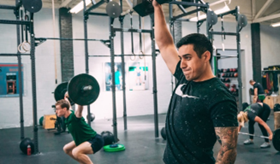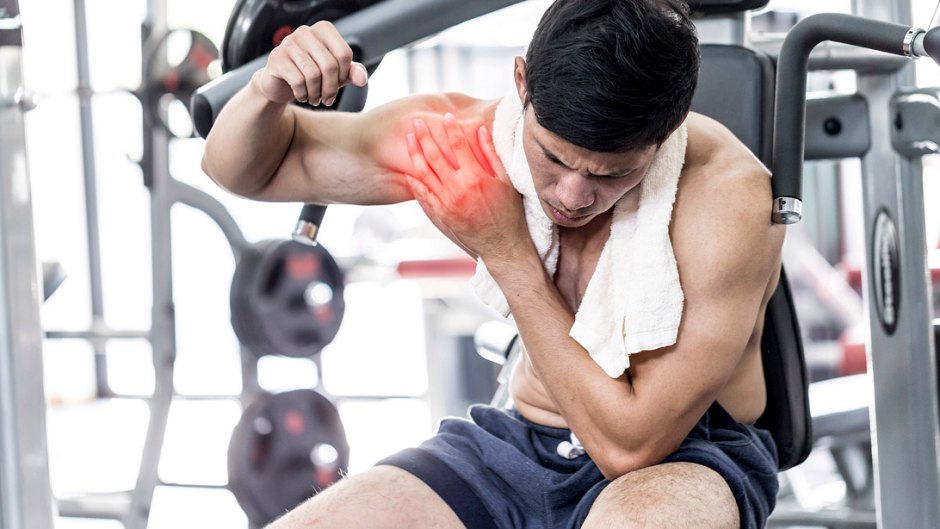Training for hypertrophy (muscle gain) or even as a part of rehabilitation and recovery from an injury usually requires a gradual, progressive increase in training loads. As meticulous as one can get with the lifting technique and the other variables, we are still vulnerable to minor setbacks which can put a pause to a longstanding effort that you have been putting.
SO, SHOULD YOU TRAIN THROUGH THESE TWINGES OR REST UP?
The answer is “DON’T STOP BUT CONSIDER MODIFICATIONS.”
So, before you give up, try the following:
1. Restrict the range of motion of the exercises
Limiting the range of motion of a particular drill by not putting the healing tissue in a stretched position under a load can help you continue your loading journey.
E.g., If you have strained your hamstring, using a range-limited bridge v/s a regular bridge for glute and hamstring strength can be a great option.

2. Substitute the exercise with a less-challenging variation targeting the same muscle group.
E.g. If your lower back pain is exacerbated by a back squat, then substituting the same with a front squat or a leg press can help you effectively to load the target quadriceps without putting too much of a load on to the healing lower back muscle tissues.

3. Think volume, not weights!
If you find loading the affected muscle with heavy weights to be irritating the healing tissue, try loading with lighter loads and increased reps. This keeps the training volume in check, keeping you on the path of gains and yet not disturbing the healing process.
E.g. Supposedly you were squatting 50 kgs, doing 4 sets and 10 repeats of the same (Volume = 4 x 50 x 10 = 2000) before you experienced pain, try this:
Week 1: Do 4 sets x 20 repeats x 25 kgs = 2000
Week 2: Do 4 sets x 15 repeats x 30 kgs = 1800
Week 3: Do 4 sets x 12 repeats x 40 kgs = 1920
Week 4: Do 4 sets x 10 repeats x 50 kgs = 2000
4. Train other parts of the body.
Sometimes, to move forwards, you have got to take a step back. Loading, in all cases, may not be possible as the tissue irritability might be very high. E.g., after a recent orthopaedic surgery.
In such cases, leave the healing tissue alone for a while, and as practicable resume training for the non-injured limb. As much as you would like to think that it might create a deficit in the long-run, research has shown that training the non-injured limb while waiting for the injured one to heal helps maintain or minimise a loss in strength and muscle mass of the injured limb in the interim!

SO, KEEP TRAINING. STAY FIT. PLEASE!
GOT QUESTIONS?
CALL US TO SEE ONE OF OUR PHYSIOS FOR MORE INFORMATION.

